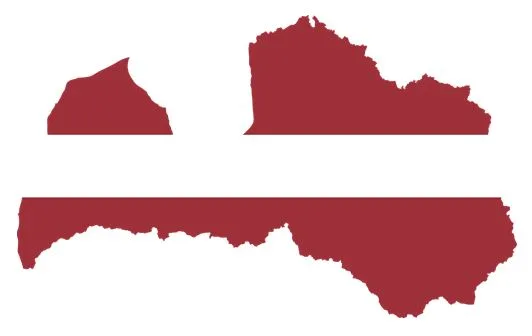Reclaiming Latvian Citizenship by Descent: A Pathway Back to Europe
For many individuals with Latvian roots, the idea of reclaiming citizenship is more than a legal process—it’s a meaningful reconnection with family history. Whether your ancestors left Latvia during the tumultuous periods of the 20th century or earlier, modern Latvian law offers a framework for their descendants to restore what was once lost. Today, thousands of people from the United States, Canada, Australia, Israel, and other parts of the world are exploring their eligibility for Latvian citizenship through descent.
Who Is Eligible for Latvian Citizenship by Descent?
Eligibility for Latvian citizenship through ancestry depends on the nationality status of your forebears and the circumstances under which they left Latvia. Typically, applicants must prove that their parent, grandparent, or great-grandparent was a citizen of Latvia before June 17, 1940, when the country lost its independence due to Soviet occupation.
In most cases, the law is favorable to descendants of citizens who left the country as refugees or emigrated for political, religious, or economic reasons. However, individuals whose ancestors voluntarily accepted citizenship of another country before 1940 may face additional scrutiny or disqualification, depending on specific legal interpretations.
You may find a more detailed breakdown of who qualifies for latvian citizenship by descent on dedicated legal resources or government websites.
Benefits of Holding a Latvian Passport
Latvian citizenship automatically grants the right to hold a Latvian passport, which comes with a wide array of privileges. As a member of the European Union since 2004, Latvia’s passport provides:
- Visa-free or visa-on-arrival access to more than 180 countries;
- The right to live, work, and study in any of the 27 EU member states;
- Access to European healthcare and education systems;
- The ability to invest, own property, and conduct business freely across the EU;
- The right to pass citizenship to future generations.
In this context, a latvian passport is not only a travel document—it is also a powerful tool for mobility, security, and opportunity in an increasingly global world.
Required Documentation and Common Challenges
To qualify, applicants must provide evidence of their ancestor’s Latvian citizenship as well as documents proving direct lineage. This typically includes:
- Birth and marriage certificates (yours and your ancestors’);
- Historical documents showing Latvian citizenship before 1940 (such as passports, military records, or residence permits);
- Emigration or refugee records (especially for those who fled during World War II or the Soviet era);
- Certified translations and apostilles, depending on the country of origin of the documents.
One of the main challenges lies in locating and authenticating these historical documents, especially when records are fragmented across multiple countries, or names have changed due to transliteration or marriage.
Additionally, the legal definitions around “citizenship” and “permanent residence” in pre-war Latvia can be complex, requiring careful legal analysis.
Assistance with the Process
Given the complexity of documentation and the legal criteria, many applicants choose to work with firms or specialists who assist in navigating Latvian nationality law. These organizations often help locate archival records, ensure proper formatting, and liaise with Latvian authorities on your behalf. While their services can significantly simplify the process, their involvement is optional and should not be seen as a requirement.
Final Thoughts
For many, restoring Latvian citizenship is about more than gaining legal rights—it’s about reconnecting with a family legacy interrupted by history. Whether driven by personal identity, professional opportunity, or a desire for European mobility, reclaiming citizenship by descent offers a bridge between generations.
Holding a Latvian passport is not only a practical asset—it is also a symbol of heritage and resilience, representing the revival of ties that were once severed by war, displacement, or exile.





